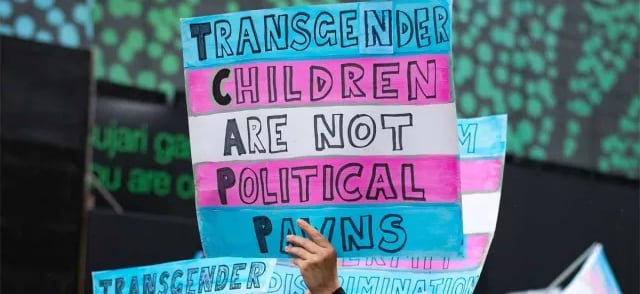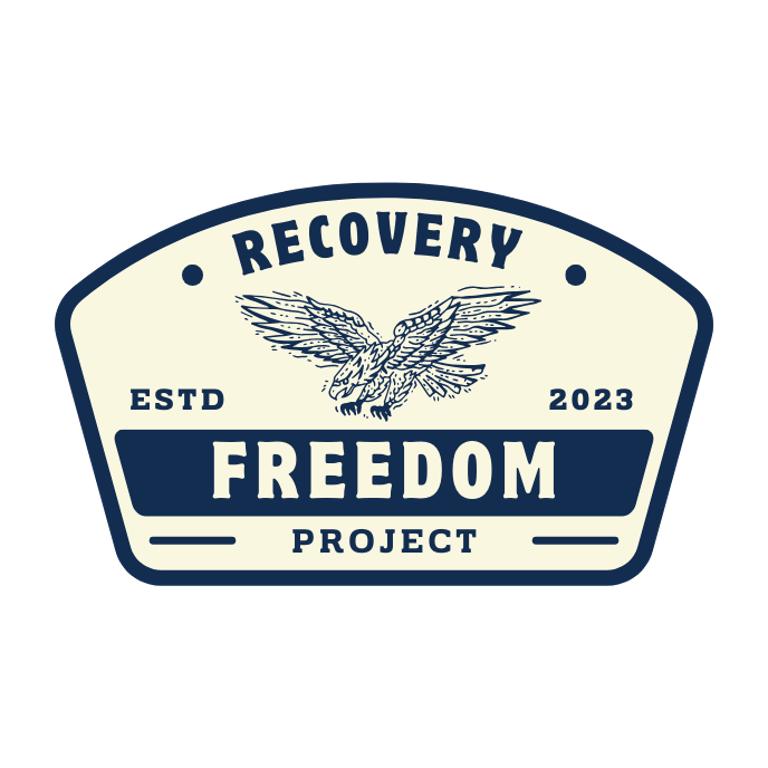The Hidden Cost: How False Mass Shooting Narratives Fuel the LGBTQ+ Addiction Crisis
RECOVERY
Adam Loew
10/22/20256 min read


The text message came at 2:37 AM. “Are you watching the news? They’re saying the shooter was trans. It’s happening again.”
For Miguel, a 26-year-old transgender man living in Colorado, these late-night alerts from friends have become distressingly common. Each time a mass shooting occurs, a predictable pattern unfolds: before any facts are confirmed, social media explodes with claims that the perpetrator was transgender. By morning, these claims are amplified by political commentators and spread across platforms, regardless of their accuracy.
“The first time it happened, I was shocked,” Miguel tells me, his voice steady but tired. “Now I expect it. I’ve started turning off my phone notifications after major tragedies because I know what’s coming.”
The Anatomy of a Dangerous Narrative
In recent years, a disturbing trend has emerged following mass shootings in America. Within hours—sometimes minutes—of these tragic events, social media accounts begin circulating claims that the shooter was transgender or nonbinary. These assertions spread rapidly, often amplified by high-profile commentators and political figures, creating a narrative that transgender individuals represent a disproportionate threat to public safety.
The reality? According to the Gun Violence Archive, which tracks mass shootings in America, transgender individuals have been responsible for fewer than five confirmed mass shootings out of 5,748 incidents between 2013 and 2025. That’s less than 0.1% of all mass shootings. The Violence Prevention Project at Hamline University, using a more restrictive definition of mass shootings, identified just one transgender mass shooter out of 201 cases between 1966 and 2024.
These statistics reveal a stark truth: transgender individuals are dramatically underrepresented among mass shooters, not overrepresented as the viral narratives suggest. In fact, 97.5% of mass shooters are cisgender men.
Yet the false narrative persists, with devastating consequences for an already vulnerable community.
When Misinformation Becomes Self-Medication
“The week after the Nashville shooting, when everyone was saying all these things about trans people being violent, I relapsed,” says Eliza, a 31-year-old transgender woman who had been sober for eight months. “I couldn’t handle seeing people I thought were friends sharing posts about how people like me were dangerous. The liquor store was closer than my therapist’s office.”
Eliza’s experience isn’t unique. Research consistently shows that LGBTQ+ individuals struggle with substance abuse at rates nearly three times higher than the general population, with 20-30% facing addiction compared to just 9% of their straight, cisgender peers. For transgender individuals specifically, these rates can be even higher.
The Trevor Project’s 2024 National Survey found that 39% of LGBTQ+ young people seriously considered suicide in the past year. Meanwhile, 40% reported having firearms present in their homes—a particularly concerning statistic given that firearms are the most lethal means used in suicide attempts, with nearly 90% of such attempts resulting in death.
What connects these statistics to the false narratives about transgender mass shooters? The answer lies in what researchers call “minority stress”—the chronic psychological and social stress experienced by stigmatized minority groups.
The Trauma-Addiction Pipeline
Dr. Sarah Chen, who runs an addiction treatment program in San Francisco, explains the connection: “When someone from the LGBTQ+ community comes to us for treatment, they’re not just dealing with addiction. They’re carrying years of rejection, discrimination, and trauma that often started in childhood. The substances aren’t the problem—they’re the solution these individuals found to survive unbearable pain.”
This trauma-addiction cycle becomes particularly vicious when public discourse repeatedly demonizes an entire community. Each viral false claim about transgender mass shooters creates a new wave of harassment, threats, and discrimination. For individuals already struggling with substance use as a coping mechanism, these periods of heightened stigma often trigger relapses or escalate existing patterns of abuse.
“I track my drinking by news cycles now,” says Jordan, a nonbinary person in their mid-30s. “When trans people are in the headlines for something negative, even if it’s completely made up, I know I’m at risk. My sponsor and I have actually created a specific plan for those weeks because they’re so predictable and so dangerous for my recovery.”
The statistics support Jordan’s experience. Research shows that interpersonal violence and what experts call “poly-victimization”—experiencing multiple types of trauma—significantly increase substance use risk. For LGBTQ+ individuals, who face higher rates of both childhood and adult victimization, false mass shooter narratives add another layer to this already complex trauma.
The Ripple Effects Beyond Headlines
The consequences of these false narratives extend far beyond individual pain. Community centers that serve LGBTQ+ populations report increased security threats and decreased attendance following periods of intense anti-transgender rhetoric. Mental health providers note spikes in crisis calls, while substance abuse treatment programs see increased dropout rates as clients feel too unsafe to attend in-person meetings.
“After a particularly viral post falsely claiming a local shooting involved a transgender perpetrator, we had three clients relapse in the same week,” says Dr. Marcus Winters, who runs an LGBTQ-focused addiction recovery program. “Two of them specifically mentioned the news coverage as a trigger. They described feeling hopeless—like no matter what they did, society would always see them as dangerous.”
This pattern creates a devastating cycle: false narratives increase minority stress, which exacerbates substance use, which further isolates individuals from support systems, which increases vulnerability to addiction. Breaking this cycle requires addressing both the spread of misinformation and its impact on mental health and substance use.
The Numbers Behind the Crisis
The statistics paint a clear picture of how misinformation contributes to a public health crisis:
LGBTQ+ individuals use marijuana at more than double the rate of the general population (41.3% compared to 18.7%)
Opioid addiction affects 6.7% of LGBTQ+ people versus 3.6% of others
Alcohol dependency impacts one in four LGBTQ+ individuals, compared to roughly one in ten in the broader population
Smoking rates among lesbian, gay, and bisexual individuals range from 38% to 59%, far exceeding national averages
These disparities become even more pronounced when examining transgender individuals specifically, reflecting the compounding effects of gender-based discrimination and violence.
Meanwhile, 87% of LGBTQ+ young people report being worried about a mass shooting happening in their community—a fear intensified by false narratives that position them simultaneously as both potential victims and falsely accused perpetrators.
Finding Hope Amid Harmful Narratives
Despite these overwhelming challenges, recovery is not only possible but increasingly common as specialized treatment programs recognize the unique needs of LGBTQ+ individuals affected by misinformation and stigma.
Kaushal’s journey illustrates the transformative power of culturally competent care. After years of struggling with addiction while hiding his sexual orientation, he found recovery through a program that allowed him to “show up authentically” for the first time in his adult life.
“Thanks to attending an inpatient Rehab Center, my life is vastly different from what it once was,” Kaushal reflects. His recovery wasn’t just about stopping substance use—it was about learning to accept himself and build genuine connections with others who understood his experiences, including the impact of constantly seeing his community demonized in public discourse.
Effective support systems for LGBTQ+ individuals struggling with substance use must address both individual healing and the societal factors that create vulnerability to addiction in the first place:
Culturally competent treatment programs that understand minority stress and the specific challenges faced by LGBTQ+ individuals, including the impact of misinformation campaigns
Integrated treatment approaches that address co-occurring disorders, recognizing that many LGBTQ+ individuals struggling with addiction also face depression, anxiety, PTSD, or other mental health challenges exacerbated by public stigma
Community support programs that create safe spaces where people can build relationships without fear of judgment or discrimination, particularly during periods of intense anti-LGBTQ+ rhetoric
Media literacy initiatives that help people identify and counter misinformation about marginalized communities, reducing the spread and impact of false narratives
Rapid response networks that quickly debunk false claims about transgender perpetrators following mass shootings, limiting the damage caused by viral misinformation
Breaking the Cycle
Miguel, whose late-night text message opened this article, recently celebrated two years of sobriety. When I ask what helped him maintain recovery despite the constant barrage of false narratives about transgender people, his answer is simple: “Community. Truth. And refusing to let other people’s lies define my story.”
His recovery journey included finding a therapist who understood minority stress, connecting with a support group specifically for LGBTQ+ individuals in recovery, and learning to set boundaries around media consumption during periods of intense anti-transgender rhetoric.
“I still get those texts when shootings happen,” he says. “But now I have tools to cope that don’t involve substances. And I have people who remind me that the real statistics tell a different story than the headlines.”
The path forward requires addressing both the spread of misinformation about transgender individuals and the substance use disorders that often result from the trauma of being falsely demonized. By understanding the connection between false narratives and addiction, we can develop more effective approaches to both countering misinformation and supporting those affected by it.
For individuals like Miguel, Eliza, Jordan, and countless others, this isn’t just about correcting statistics—it’s about creating a world where they don’t have to fear becoming collateral damage in someone else’s political narrative. It’s about recognizing that words have consequences, that misinformation costs lives, and that healing requires both truth and compassion.
The next time you see a claim about a transgender mass shooter circulating on social media, remember: behind that false narrative are real people whose mental health and recovery hang in the balance. The truth isn’t just a matter of facts—it’s a matter of life and death.
If you or someone you know is struggling with substance use and is part of the LGBTQ+ community, resources are available:
The Trevor Project: 24/7 crisis intervention and suicide prevention for LGBTQ+ young people
National LGBTQ+ Health Education Center: Provider directory for culturally competent healthcare, including addiction treatment
SAMHSA’s National Helpline: 1-800-662-HELP (4357) for treatment referral and information
Resources
Find comprehensive resources for recovery support here.
Contact
Support
© 2025. All rights reserved. The Freedom Project 501c3
